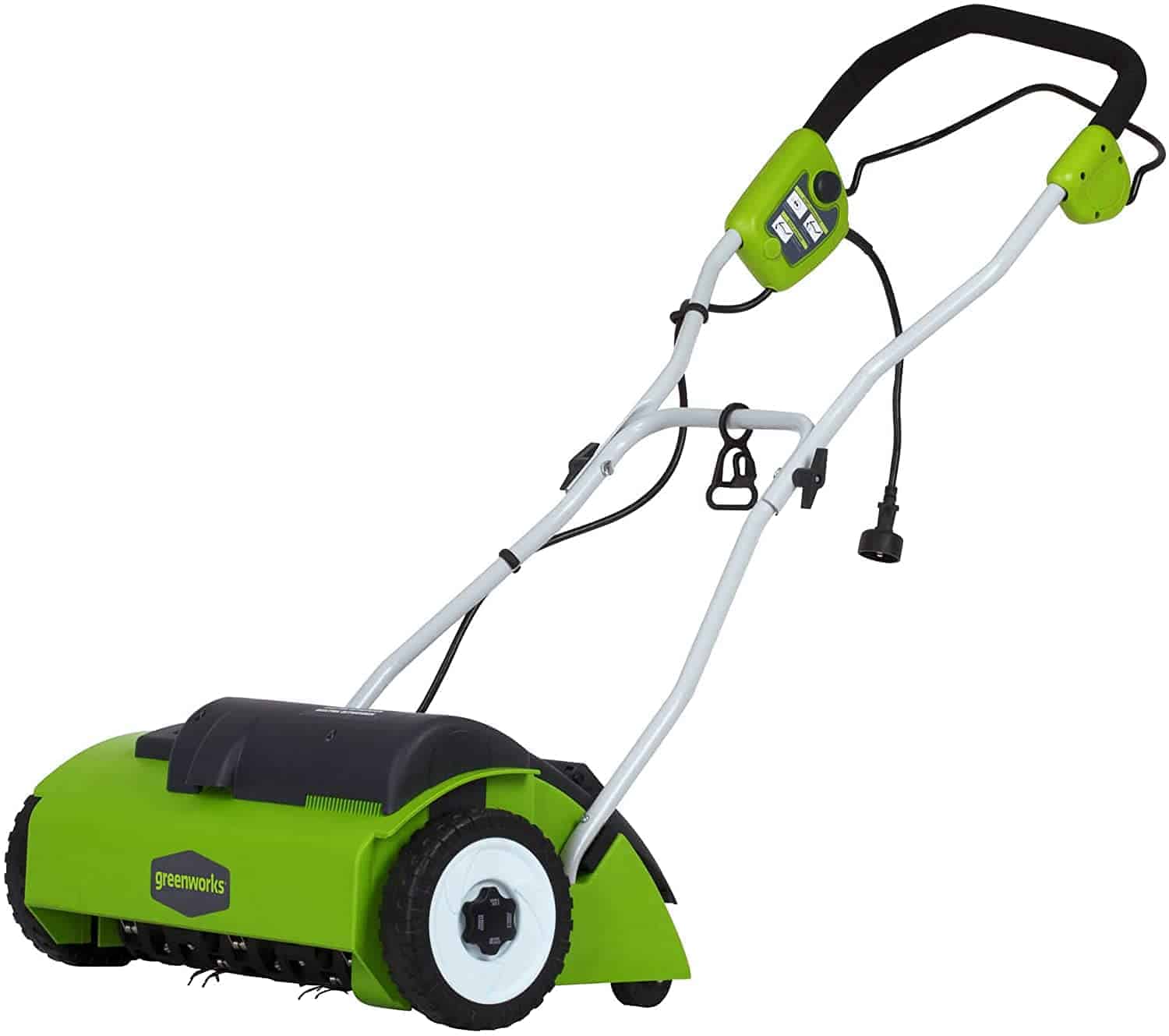Many people don’t think about bumpy lawns until they get one. Lumps, bumps, holes, and dips will show up on every lawn sooner or later. They happen for many different reasons throughout the year. Finding the right long-term-fix depends on the cause of the bump.

The Many Possible Causes for a Bumpy Lawn
A beautiful lush lawn can get bumpy and uneven over the years. This can be caused by weeds, earthworms, and even as a result of our lawn equipment or footprints. Additionally, hard packed clay soils can expand and contract in freezing cold winter months, leading to bumpy lawns.
Excessive watering can also lead to a bumpy lawn, as the water will collect on one spot and then evaporate, causing uneven topography. In certain climates (ones with lots of rain), grass grows too quickly for its roots to fully establish themselves into the ground below it. This leads to hidden pits in the ground that can be easy to trip over and injure yourself. That’s why it’s very important to maintain a level landscape around your home.
Though your bumpy lawn can still look pretty decent from afar, walking on it can be uncomfortable, or even dangerous if you trip and fall. If you and your family enjoy a lot of outdoor recreational activities, it may be a good idea to work on adding a top dressing of sand to level out your uneven law. Here’s how:
How do you smooth out a bumpy lawn?
You can use sand or topsoil, whatever you have and whatever is the most economical. When you start filling holes in your yard, you’ll quickly realize just how many problem spots there are to address. You may need several bags of topdressing or an entire truckload to deal with all the dips and ruts in your lawn.Contact a local nursery in your area and see if they deliver. You’ll need a lot of soil or sand for leveling an entire yard.
Read on and learn a few things that you can do to fix your bumpy lawn – Make it lusher and fuller again.
- Set your lawn mower to a low setting. Through this, the grass you cut will be extremely short and finding problematic areas will be easier.
- Remove thatch on your lawn with a garden rake. Thatch is a layer of living and dead plant matter directly on top of the soil and is typically composed of plant roots and stems. It may look like a dead grass and tends to block the soil from receiving air and water. So it is important to have it removed to ensure that your lawn is getting enough water and nutrients.
- With the use of a shovel, apply scoops of fresh topsoil or sand to low areas of your lawn. The dirt should be no more than ½ inch thick to ensure the existing grass can grow through it as if it’s too deep, it will kill the existing grass. Slightly spread the dirt with a rake if it gets too deep. Repeat applications until you build up the area to be level with surrounding turf.
- Use a core aerator over the lawn. Use a pattern similar to mowing and repeat the process in another direction.
- You will have to repeat the soil application process in the following year. And then you can expect your lawn to even out over time.

Common Causes of a Bumpy Lawn
Before you go and blame your kid’s 4-wheeler or the neighbor’s dog, take a look at the rainfall patterns in the area to make sure there’s not a problem with too much water runoff.
Most bumpy lawns are caused by a combination of factors including:
- Uneven irrigation or rainfall patterns,
- Overfeeding your lawn with nutrients, and
- Poor soil drainage.
For bumpy areas that have been over-watered for too long, you can do the following to help level it: Fill in low areas with topsoil or sand. If the excess water is cause by your home’s gutters or overflow from the roof, consider adding downspouts and an appropriate drain to control erosion caused by runoff.
How do you level a bumpy lawn?
Simply use a garden rake to break up raised areas and then level them out…
If you’ve followed the steps above any shallow ares in your lawn should be filled in within a few seasons. For raised spots on your lawn, a different approach is required. Use a garden rake to break up raised areas and level them out to the surrounding yard.
The best way to smooth out bumpy lawns is a combination of aerating and soil leveling. The more time passes, the less noticeable bumps will be in your lawn; as long as you address the root problems and continue to maintain your lawn.
Lastly, it would be important for your lawn to get enough balanced nutrients by using an appropriate fertilizer. For more details on what fertilizers to use, check out Fertilizers for LESS and shop around for good quality fertilizers at affordable prices!

